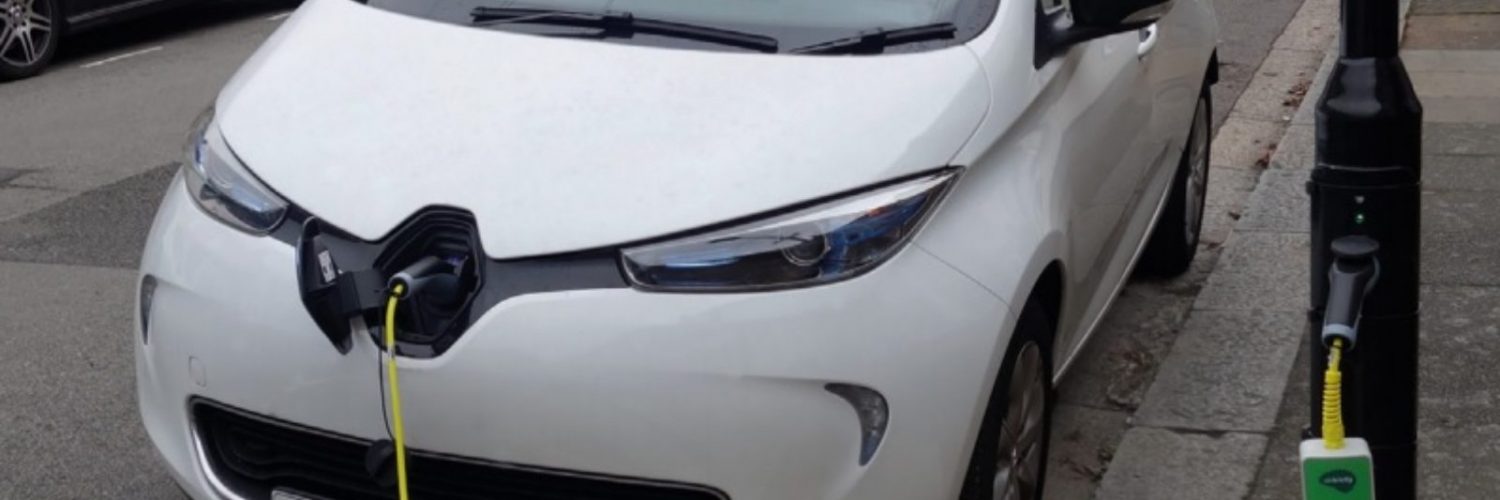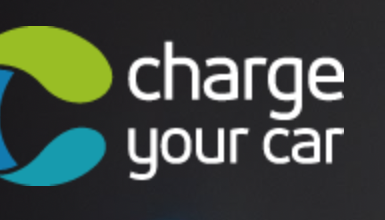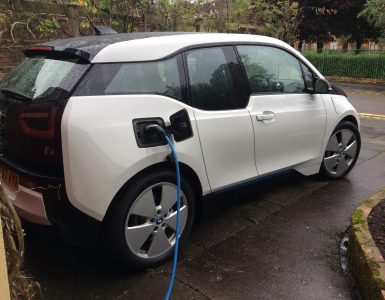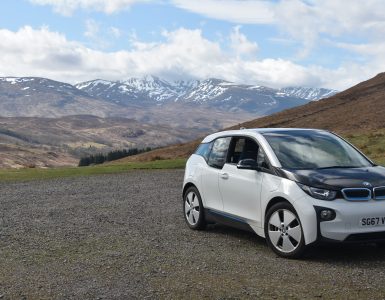I’ve been the proud owner of an electric car for four months. BMW i3 REX 96. I don’t do much mileage myself and with a full charge of 100-125miles depending on the weather, I’m only needing to charge it about once a week, if that. Even at 3.4C, I’m getting the equivalent of 125 miles. Yesterday’s range of 109 miles was when the battery was at 87% of full charge. (Three months after I posted this, I was getting 160 mile range 👍)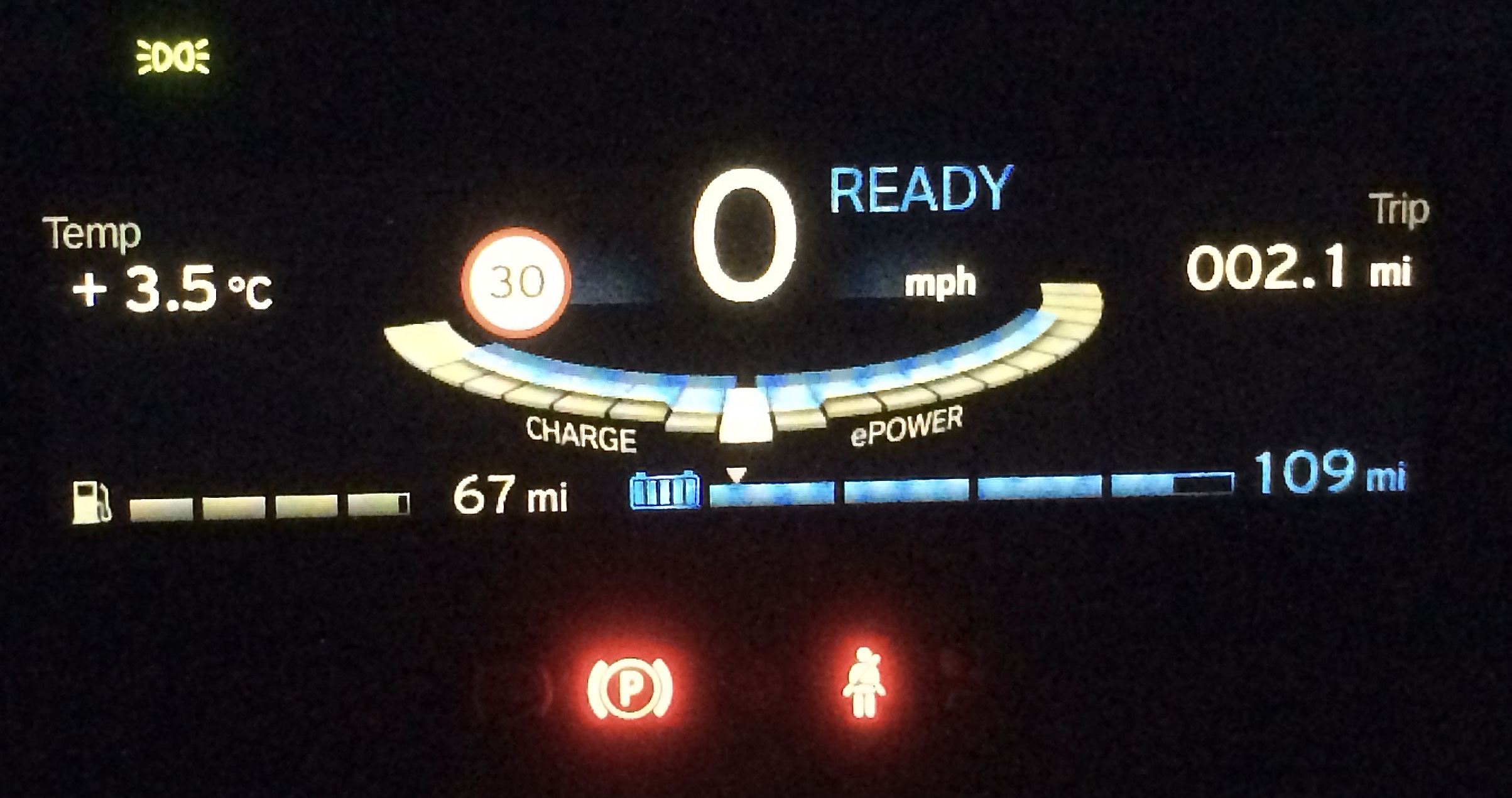
I charge it at home using DarthCharger. See previous post. Or I use Charge Place Scotland (CPS) the public charging network set up by ScotGov and free to use. However we Newbie EV drivers have to get acquainted with the wider public charging options.
A rapid charger can charge the battery much more quickly than my home charger. Hence the name, rapid. It can take it from zero to 80% in about 40 minutes. The number of rapids is increasing all the time. And for long journeys motorway service stations all have rapid chargers. In England the charging networks are not free. They are mostly run by private companies like Ecotricity’s Electric Highway, ChargeMaster’s PolarPlus, Genie, Charge Your Car, etc.
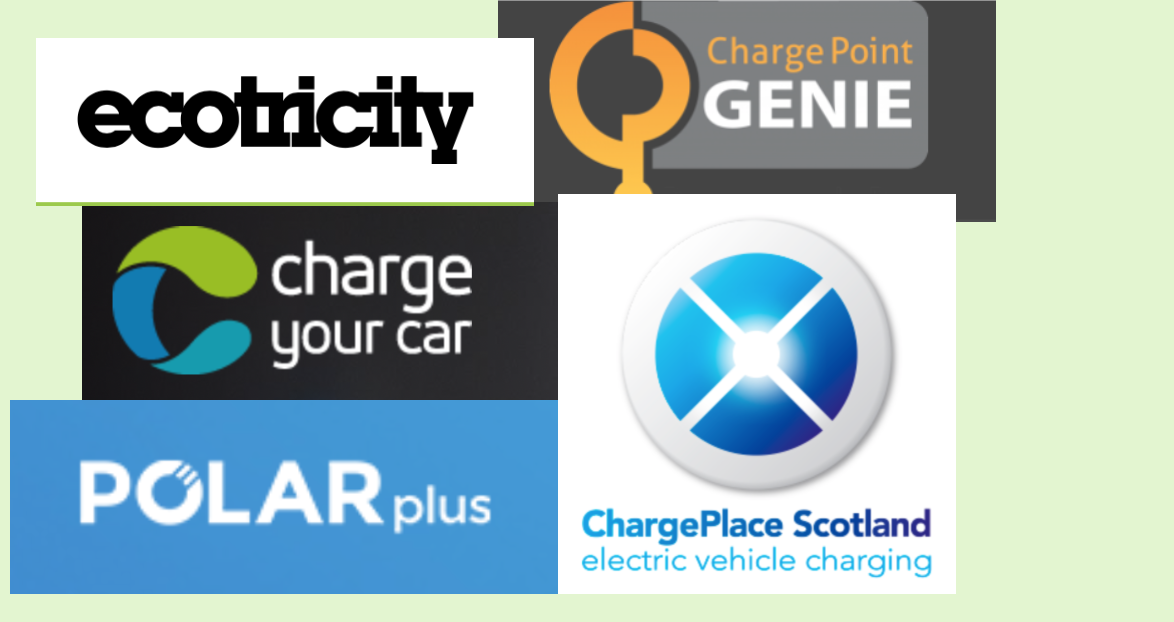 The charger network companies aim to make a profit by charging in various combinations of ways :
The charger network companies aim to make a profit by charging in various combinations of ways :
- a monthly subscription or a one-off connection charge. ChargeMaster run PolarPlus who charge about £8/month subscription though to be fair their prices for the electricity used is very reasonable and sometimes it’s free. They don’t have many rapid chargers though. And PolarPlus isn’t very attractive if you run an electric car in Scotland. They have very few chargers up here of any kind. And why pay for Polar when CPS is free? But you can sign up for a month at a time with them and that’s handy for trips down south.
- charging for the number of kWh supplied to the car. The price varies a lot from very little per kWh for Chargemaster to 35-45p for Ecotricity, Shell, Genie.
- Genie have a £1 connection fee and then charge 30p per kWh charge
- Ecotricity also charge 30p without a connection charge, 15p if they supply your home energy.
- PolarPlus subscription is £7.85 a month but you can get that for free over a two year deal through OVO if they supply your home energy.
- Shell is just starting to install EV chargers in their petrol stations. They are subscription free and they are going to charge 49p per kWh. That’s pretty hefty.
- Charge Your Car network runs a different model where they don’t own the chargers but they provide the back office support and access to drivers. So the costs vary a lot depending on the owner.
- For comparison my home electricity price is 14p/kWh.
- some networks add a hefty supplement charge if you stay over a certain length of time hooked up to the charger. Genie charge £10 if you overstay on their standard hour’s charging time. This is actually a good thing as there is nothing more frustrating than arriving at a charger to find a fully charged car still hooked up to it and the owner nowhere to be seen. It also means that the charger companies maximise the numbers of times their chargers can be used.
So lots of pros for EV owning: low running costs, free chargers in Scotland, various other UK charging networks, grants from UK Government, more grants from Scottish Government ….
And cons? The 125 mile range? That’s not a disadvantage under normal usage. The average car journey in Scotland is about 8 miles and on average a person will make 2.7 car trips a day, so that’s about 20 miles a day. See Scottish Transport Statistics. I don’t do anything like that. But on average, that would mean fully recharging my car once every 4-5 days. Or less, if it’s topped up by plugging into the occasional museum, gym or car park charger. These chargers are at Riverside Museum, Glasgow.

What if you live in a tenement or don’t have a pull-in space to park your car so you can’t have a charger at home? Well yes, that would be less convenient. Unless you get your employer to use the grants available for installing work-place chargers and charge it there. Or unless you use a public charger once a week. You could do that while you’re at the cinema, or the museum. Or if it’s a rapid charger, just have a coffee while you wait 45 minutes. There are trial schemes to insert chargers into lampposts which will make charging available to tenement dwellers. They’re not in widespread use as yet but Oxford City Council has a trial scheme up and running. Basically even the big oil companies know that the writing is on the wall for ICE driven cars (ICE internal combustion engines) and if they don’t adapt they’ll die. So it’s an evolving and expanding business.
What about long trips? Isn’t it going to make holiday trips much longer if you have to stop for 45 mins every 100 miles or so? Yes it does. And you’re dependent on the chargers working as they are supposed to. And they don’t always do that. See next post.
